Cheryl Bost: School Year’s Close Leaves Work to Be Done on Clear Goals
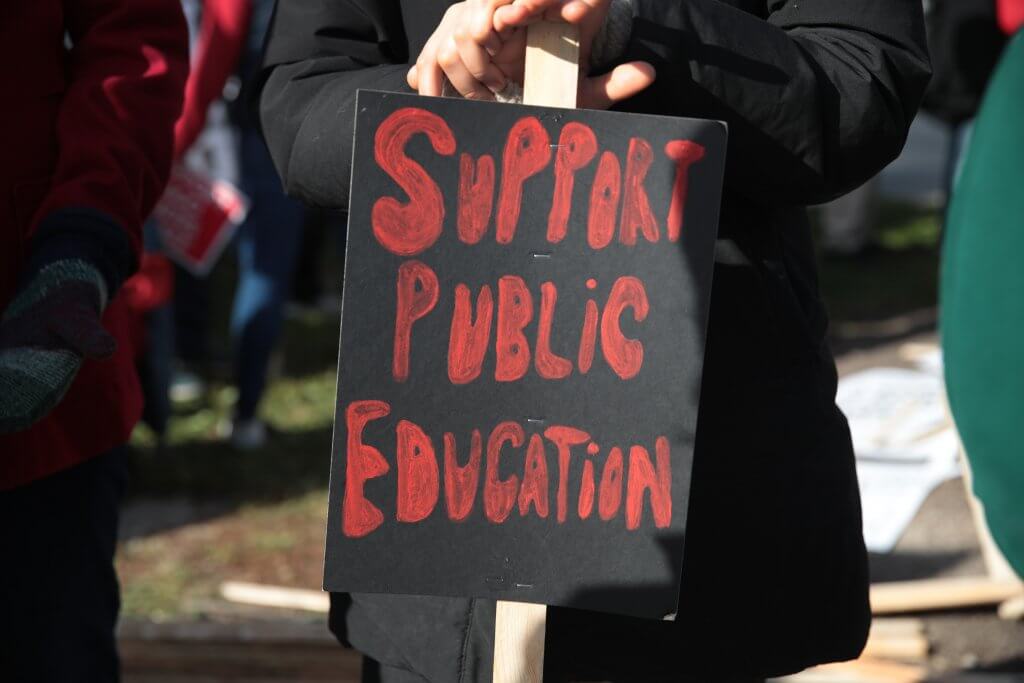
The 2019-2020 school year ended this month, but this school year earns an “incomplete” on its report card. Despite our best efforts, we face the reality that much is left to do, in education and in legislation needed to support our work in classrooms.
Communities and local school systems need to discuss what will work best for students, educators and families for next school year. We know that the crisis distance learning we have experienced since March 16 only exacerbated inequities that already impaired education for many children.
Distance learning at its best could never replicate the quality of in-person education. Distraction, absenteeism, lack of motivation and simply missing one’s friends and teachers — all of these are products of distance learning that have negatively impacted students. Many students, especially in poorer households that are being disproportionately impacted by this crisis and already faced inequities, have fallen behind.
Health and physical safety must be the priority as we prepare to reopen classrooms.
The community will have to be part of the decision on how to reduce class sizes to encourage social distancing, alternate class days for different grades, or some combination of practices combined with personal safety and cleaning protocols. Any return to school grounds must account for the risk to the vulnerable populations at the school and to those who come into contact with children and adults who spend time at school.
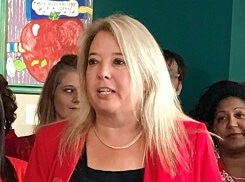
Cheryl Bost, president of the Maryland State Education Association
Voices of educators must be heard in developing engaging, supportive and dynamic virtual school environments. What we do next school year must incorporate the lessons learned this year and the supports we know students need.
In March, with little preparation, educators, families and students navigated an unmarked path to this point. We have knowledge now to plan better, even if we don’t have all the information about the coronavirus. The best plan includes the bipartisan Blueprint for Maryland’s Future, through an override of the governor’s shortsighted veto of the state’s new school funding formula.
It would have hired more educators, more equitably funded schools, expanded career technical programs and more; in other words, exactly the types of investments our students need most right now.
Yes, education policymakers, administrators and governments have to address the financial issues of the COVID-19 crisis. A great way to start would be through additional federal aid (the HEROES Act) to states to prevent cuts to education and other essential services, something that Gov. Larry Hogan, Senate President Bill Ferguson, House Speaker Adrienne Jones and other leaders have rightly supported.
The COVID-19-related unemployment surge will have pushed economically fragile families closer to or into poverty. That will increase the numbers of students who qualify for free and reduced-price meals, and more than 42% already qualified before the pandemic. Cutting education will only make it harder for these students and families to recover.
Education funding is the last place to cut to resolve any state budget shortfall. Every single student and neighborhood in the state deserves a great public school, and the Blueprint is our path to get there.
Consider this: Students entering high school this year will be graduating in 2024, the very time that the financial experts estimate the recovery will be accelerating. Next year’s middle and high school students pursuing the Blueprint’s expanded career and technical education programs would be able to acquire industry certification for in-demand jobs by the time they graduate high school. We can make sure that our students are equipped for higher education or are ready to fill the jobs that will open as the economic recovery is in full swing.
The most important investment we can make for the state’s recovery is in our schools. Decades of underfunding education has left too many students behind. A longstanding combination of poverty, institutional racism and lack of education investment has fueled the expensive school-to-prison pipeline.
Reversing those factors could generate additional earnings that lift all Marylanders and contribute to the state’s well-being. While the COVID-19 crisis may have exacerbated the system’s shortcomings, it should not be the excuse to let them continue.
The crisis caught us ill-prepared in many ways, but we have a long-term plan ready to see us through to a brighter future. We must act wisely in the coming months to make sure that we are taking the best possible steps to lay the groundwork for success during the next school year — and for many more years to come.
— CHERYL BOST
The writer is the president of the Maryland State Education Association.
Did someone forward this to you?
Get your own daily morning news roundup in your inbox. Free. Sign up here.

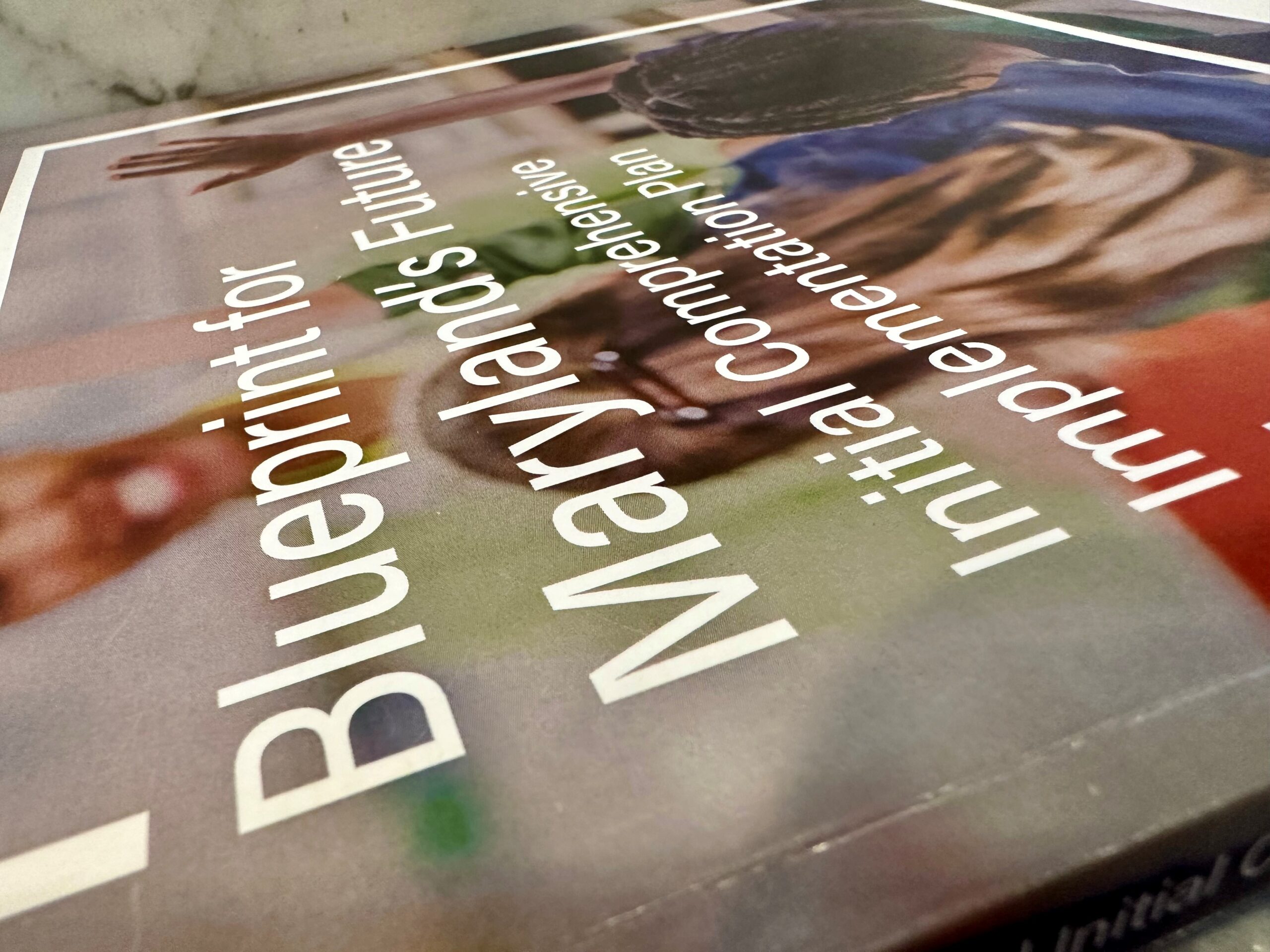
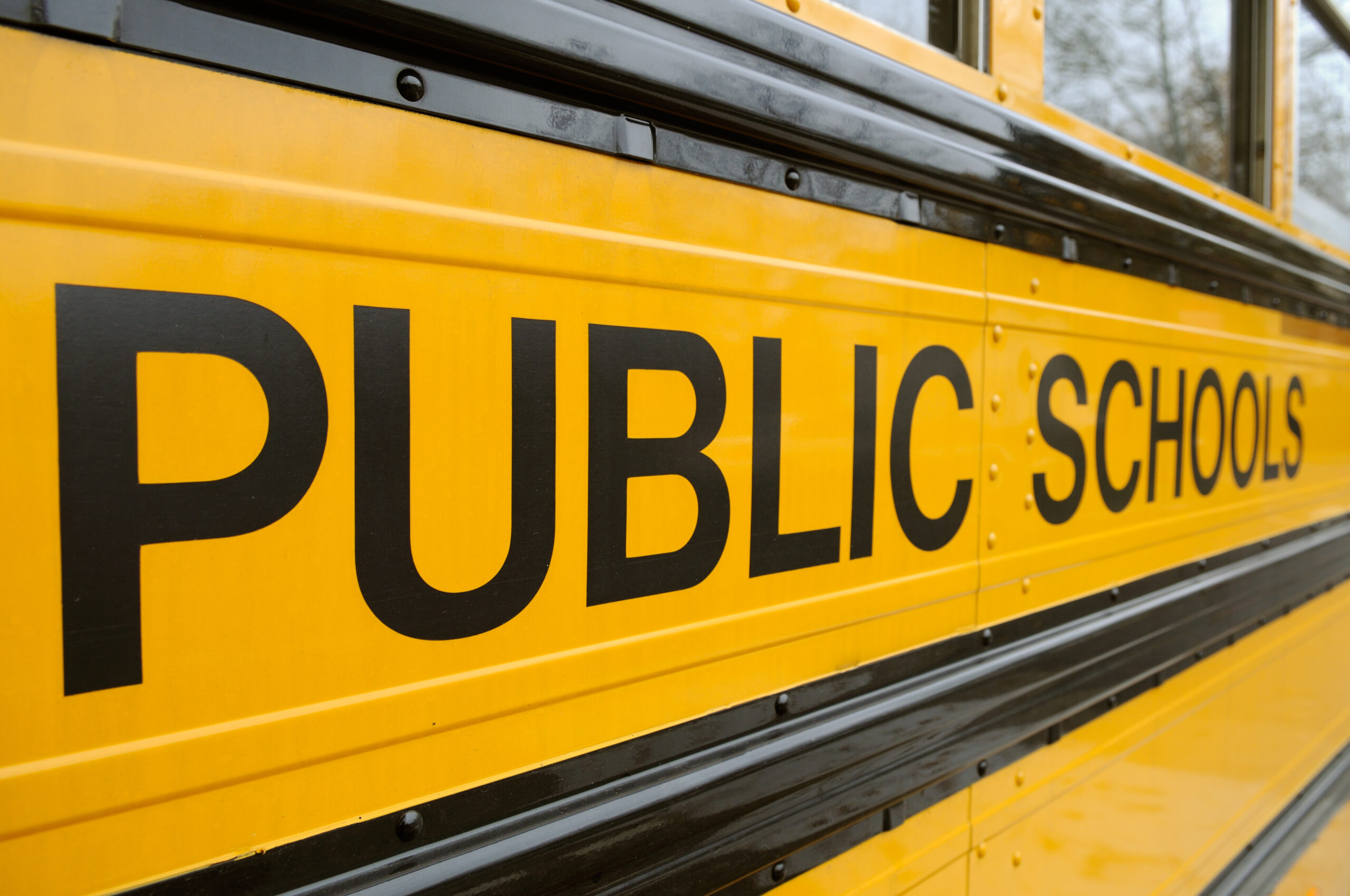
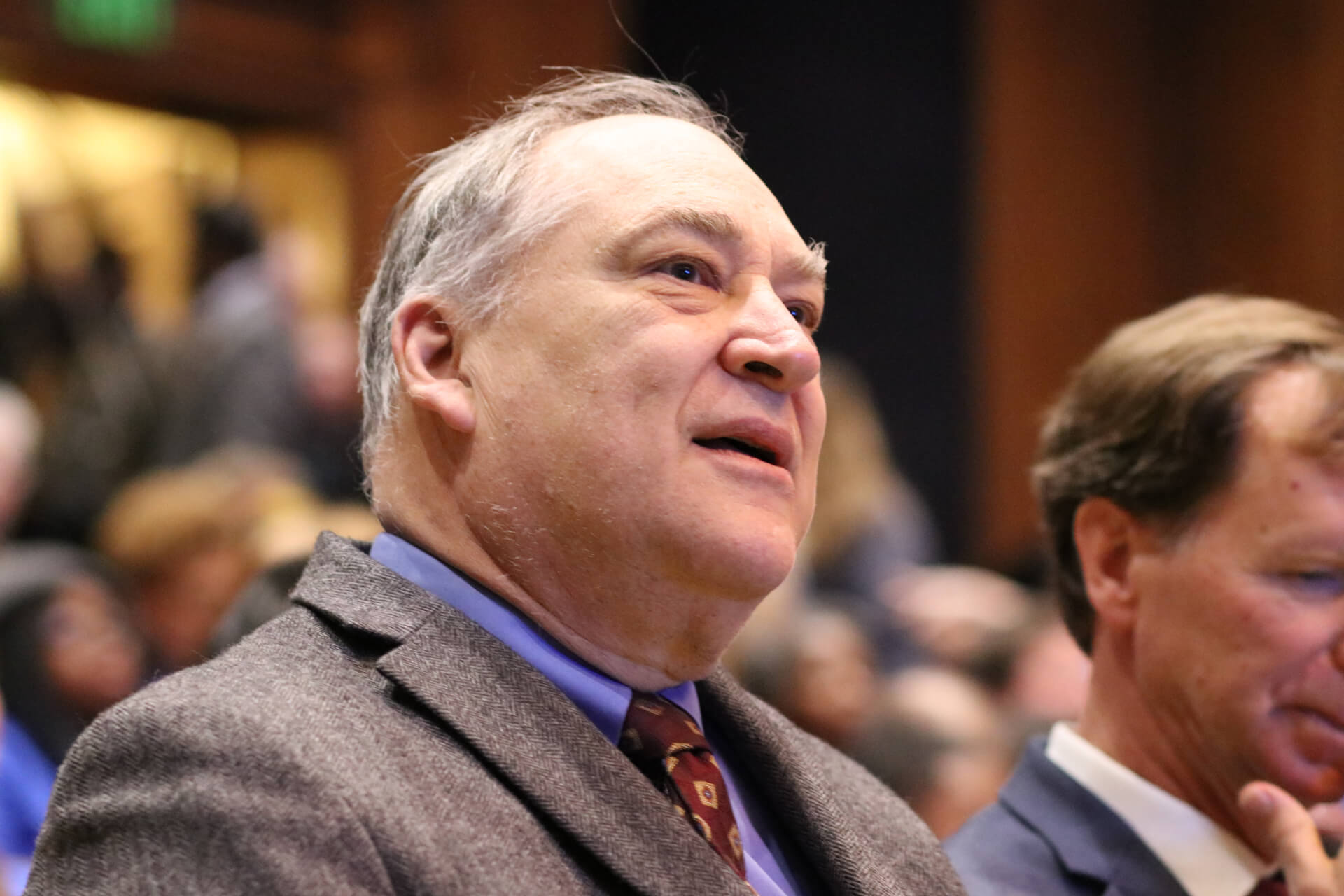
 Creative Commons Attribution
Creative Commons Attribution